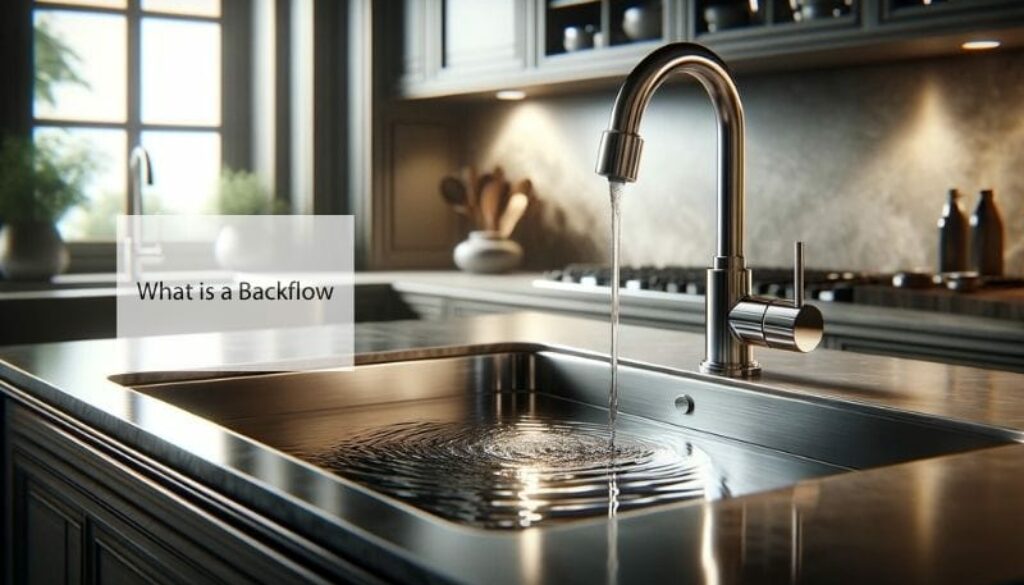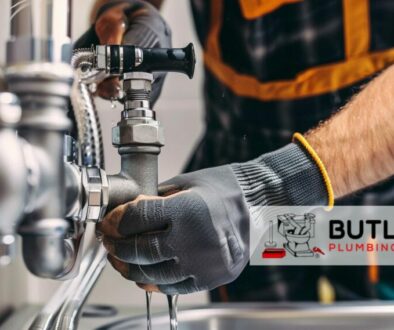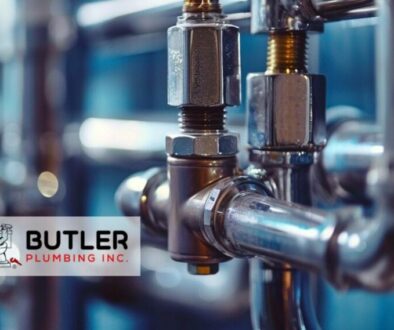What is a Backflow?
Backflow refers to the unwanted reverse flow of water or mixtures of water with other substances back into the potable water supply. This phenomenon poses significant risks to water quality, potentially introducing contaminants and pollutants into drinking water systems. Understanding the causes, prevention devices, and the importance of maintaining these systems is essential for safeguarding public health.
Causes of Backflow
Backflow can occur due to two main reasons: backpressure and backsiphonage. Backpressure happens when the pressure in a non-potable system exceeds that in the potable system, causing a reverse flow. Backsiphonage is caused by a negative pressure (vacuum) in the supply system, drawing water from a contaminated source back into the potable water supply.
Which Plumbing Device Helps to Prevent a Backflow?
Several devices are designed to prevent backflow, each suited for different situations including air gaps, reduces pressure zone devices, double check valve and vacuum breakers.
Air Gap
The most basic and effective means of preventing backflow, an air gap, ensures no direct connection between the potable water system and a potentially contaminated source.
Reduced Pressure Zone Device (RPZ)
An RPZ is a mechanical device that uses the principle of differential pressure to prevent contaminated water from reversing its flow direction, making it suitable for high-risk applications.
Double Check Valve
This device incorporates two check valves in series to provide protection against both back pressure and backsiphonage, commonly used in lower-risk situations.
Vacuum Breakers
Specifically designed to prevent backsiphonage, vacuum breakers introduce air into the system when a vacuum is detected, breaking the siphon effect to prevent backflow.
Importance of Backflow Prevention
Preventing backflow is crucial for protecting the quality of potable water supplies from contamination. Regulations and health standards often require the installation of backflow prevention devices in systems where the risk of contamination exists.
Implementation and Maintenance
Proper installation of backflow preventers, conducted by qualified professionals, is critical for their effective operation. Regular testing and maintenance are required to ensure these devices perform reliably over time, protecting the water supply from the dangers of backflow.





